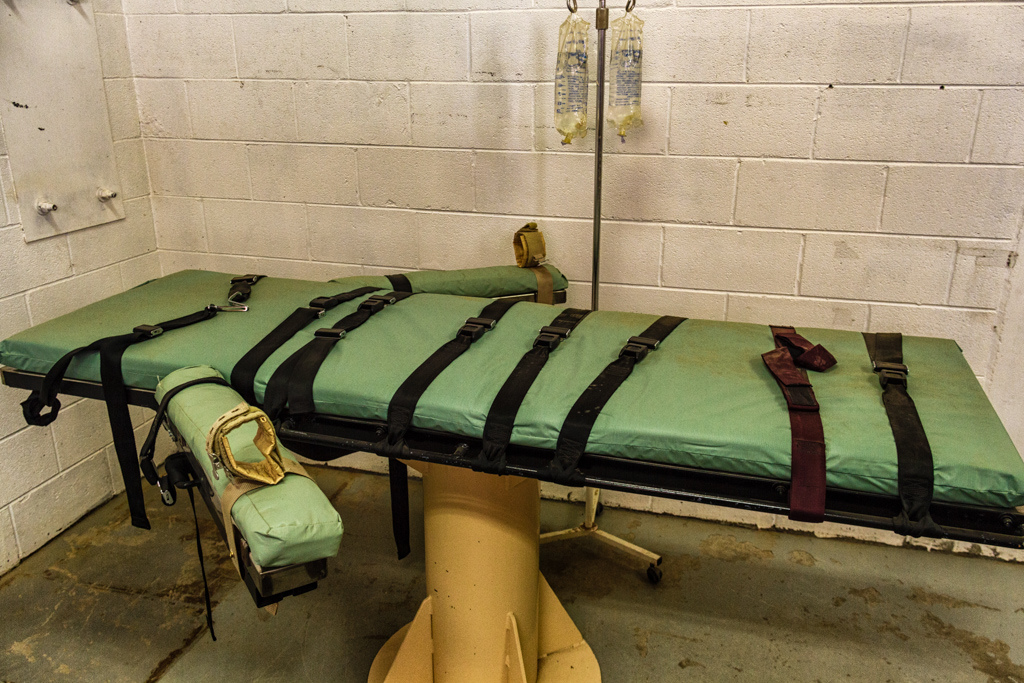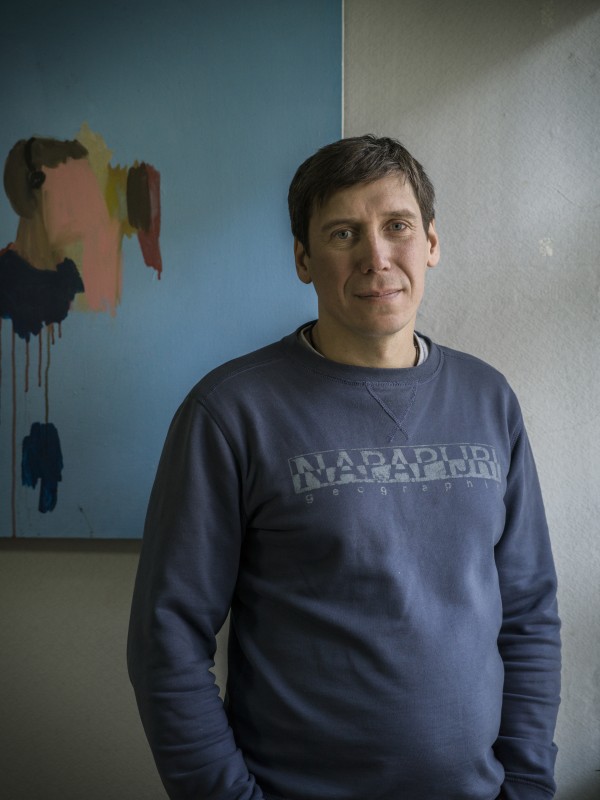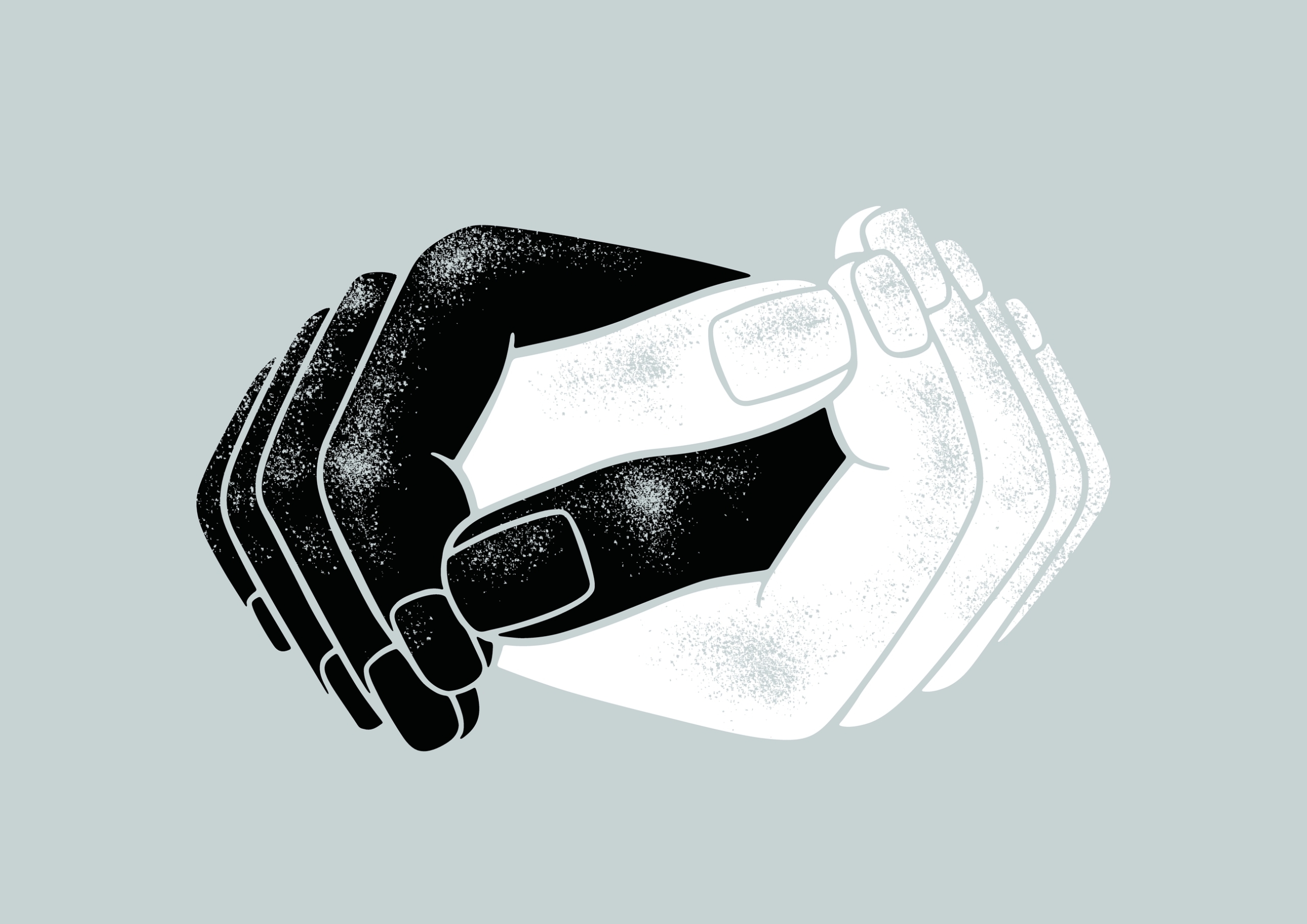Maya Foa, joint Executive Director at NGO Reprieve, has described the death penalty as the “sharp end of a series of societal injustices”. Flawed or failed executions by lethal injection, beyond causing unnecessary pain, injects further inhumanity into this brutal act. This use of lethal injections violates the Eighth-Amendment to the US Constitution forbidding any “cruel and unusual” punishment.
The most recently botched execution on US death row has shed light on these issues of using lethal injections to execute. The state of Alabama attempted to execute death-row prisoner Alan Miller on 22 September 2022, but failed to establish an intravenous execution line. Before that, in July 2022, Joe Nathan James Jr was executed by the state of Alabama in what was the longest botched lethal injection execution since the method came into use in the US in 1982. The execution team “was unqualified for the task in the most dramatic way” and his autopsy demonstrated a “gross incompetence” of the execution team.
The pain felt by those being executed does not only come from the act of killing. Clarence Dixon, earlier this year in May, experienced unnecessary pain when the execution team members took 25 minutes to insert IVs into Dixon’s body. In October 2021, prior to John Marion Grant’s execution, Grant’s legal team had argued Oklahoma’s three-drug lethal injection protocol would cause unnecessary pain. During his execution by lethal injection, Grant convulsed and vomited, which is highly unusual for the procedure. These horrific botched executions have brought back to life the ongoing debate about the ethics of using these drugs on death row.
How the 3-step lethal injection sedates, paralyses, and kills
In 1976, the death penalty was reinstated after the Supreme court stated its return was allowed if it could be administered in a fair and humane manner. Following on from this, Bill Wiseman drafted the first lethal injection law in an attempt to make the executions more “humane”.
All states and federal governments use lethal injections as their main execution method. The modern three-drug protocol consists of an anaesthetic or sedative, typically pentobarbital, followed by pancuronium bromide to paralyse the inmate, and potassium chloride to finally stop the heart.
In an attempt to make the death penalty more “humane”, the idea behind the 3-step lethal injection was that the first drug, the sedative, was the humane step within the process of execution. It is the sedative’s use, which deems lethal injection as constitutional and not inflicting a “cruel and unusual” punishment on its victims.
The second drug, pancuronium bromide, is where the cruelty of the process is disguised. It serves no medical purpose beyond masking any signs of visible torture imposed on the prisoner, in case the first drug does not work effectively. The final drug used, which supposedly delivers the state’s “justice” through death, is potassium chloride, a potent acid described as like fire going through your veins. This use of the second drug masks the torture the inmate must endure. If the sedative does not work, external onlookers will only see a paralysed prisoner, who cannot move or cry out for help.
Over time, numerous statements from drug manufacturers and medical professionals on the use of the drug midazolam as an anaesthetic in capital punishment have opposed its use. In 2014, Oklahoma inmate Clayton Lockett, despite having been administered the anaesthetic midazolam, writhed and struggled on the gurney for 43 minutes. Furthermore, John Marion Grant was administered midazolam and his autopsy revealed he had experienced pulmonary edema, causing unnecessary pain to his execution. Medical expert Dr. Mark Edgar of Emory University stated that you “would be aware of sensations of drowning, asphyxia and terror” if you suffered severe pulmonary oedema like many prisoners on death row. These scenes were becoming common in states like Ohio, Alabama and Arizona. The 3-step lethal injection is common in the US, where it was first adopted.

The execution chamber at Utah State Prison, USA. The platform at the left is used for lethal injection. The seat at the right and the two narrow gun ports on the far left wall of the room are used for execution by firing squad, another typical method for killing prisoners. Source: Wikimedia
Drug secrets
EU pharma companies that produce drugs used for capital punishment, such as midazolam, have sided the abolition movements and consequently ceased exportation of drugs for capital punishment to the US. However, US states currently procure “alternative supplies illicitly from overseas manufacturers, obtaining them from less-than-reputable compounding facilities and manufacturers, and experimenting with alternative drugs and untested combinations”. This has resulted in more enquiries and questions about the use of lethal injections in capital punishment and has seen the re-introduction of execution methods, such as the firing squad. This is where the inmate is strapped to a chair and their heart is pinned as the target. One of five men with rifles has a blank but no one knows who, and they all shoot at the same time.
Furthermore, drug shortages have led to an abundance of drug secrecy laws. For example, states have kept the names of companies who are involved with supplying lethal injections confidential, making it difficult to therefore prove where these drugs are coming from, and whether they are FDA approved.
This attempt at creating a humane execution method by administrating pharmaceutical drugs, has reignited debates on the ethics of using pharmaceutical drugs to kill. Ultimately, these debates miss the key point of humanity and the death penalty. They will never co-exist and significantly, the unravelling of this three drug cocktail has led to unnecessary pain, violating the Eighth-Amendment to the US constitution forbidding any punishment that is “cruel and unusual”.


